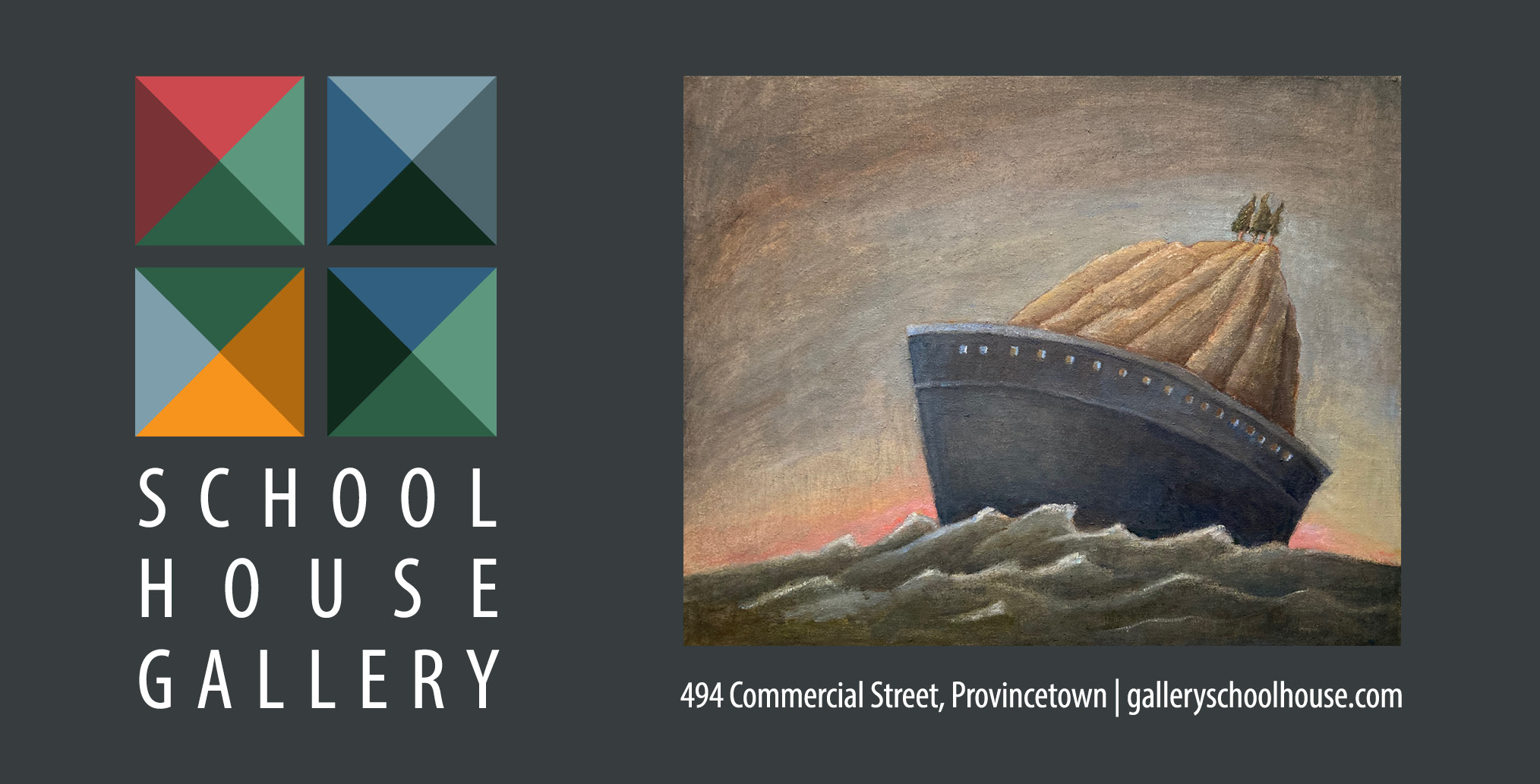Phil Klay’s short story collection, Redeployment, about the experiences of American soldiers fighting in Iraq and returning home, won the 2014 National Book Award for fiction. His second book, Missionaries, published in 2020, is set in Colombia and examines the globalization of violence. In 2022, Penguin Press released Uncertain Ground: Citizenship in an Age of Endless, Invisible War, a collection of Klay’s essays, many of which explore ethical and moral issues.

Klay grew up in Westchester County, N.Y. and served in the U.S. Marine Corps as a public affairs officer in Iraq from 2007 to 2008. After leaving the service, Klay got an M.F.A. in fiction at Hunter College. He is at work on a spy novel set in Czechoslovakia in the 1970s, based on family history.
On Sunday, May 25, Klay will be joined by photographers Ashley Gilbertson and Victor J. Blue and Washington Post national correspondent Danielle Paquette in a discussion at Twenty Summers on “War Reporting in a Time of Chaos.”
Q: As a writer of fiction, what kinship do you find with photographers Ashley Gilbertson and Victor J. Blue and journalist Danielle Paquette?
We’re all trying to bring people into a broader conversation about war that gets past the surface to something more comprehensive and hopefully moving and unsettling.
Q: What is compelling about their work?
They’ve done unique things in how they’ve brought wars to public consciousness. I encountered Gilbertson’s work while I was still a Marine. I was profoundly moved by his “Bedrooms of the Fallen” project, where he photographed the bedrooms of service members that were killed. It’s a powerful and haunting visual account of loss and provides a more intimate look at the personalities of military members who have died.
And Blue’s images from Afghanistan are just astonishing. His “Cities in the Dust” project, similar to Gilbertson’s work, approaches the aftermath of war. It’s very different from standard combat photography.
Q: Do you have in common an interest in pushing depictions of war into a creative, interpretative territory that might open the way to empathy or connection?
Yes, absolutely. Our society is saturated with images and notions about war. Finding new corners of experience and new ways to present people with images and stories beyond what they expect is very important for breaking through the calcified indifference of the American public.
Q: Your writing often incorporates details that are jarring, like a passage in your short story “Frago” where fruit cobbler is being served at a mess hall after a bloody event in Iraq. What is the value of detail in depictions of war?
It’s the unexpected — traces of strangeness, peculiarity, humor — that reveal someone as more than the sum of the very difficult circumstances they are in.
Q: What are some of the challenges facing war correspondents today?
There are several conflicts going on at once. The Trump administration recently declared victory in Yemen, where there’s a war waged, apparently, by air. There’s often very little access provided to journalists these days. Then you have a situation like Gaza that’s incredibly deadly for journalists. At the same time, you have this proliferation of helmet cams and open-source intelligence stuff that’s happening on social media.
Q: What have you observed about how the wars in Ukraine and Gaza are being covered?
Gaza is the most contentious conflict I’ve ever written about. It is one of the most charged topics in America, which makes it difficult to talk about, and yet it’s very important to discuss. The Ukraine war has taken on a very strange context. The peculiarities of American domestic politics sometimes obscure our ability to understand the world. It is bizarre and gross that the president of the United States would blame Ukraine for the war. It’s utterly untethered from reality.
Q: What about Danielle Paquette’s reporting on conflict?
She did a major piece on pregnancy in Sierra Leone for the Washington Post. It’s powerful and incorporates superb on-the-ground reporting with analysis of health data that provides a comprehensive look at the aftermath of a decade of civil war that destroyed their public health system.
The piece also leans into the benefits of digital. There are all sorts of negative things you can say about the loss of print journalism and the switch to digital, but digital journalism also enables things you can’t get in other ways. Paquette often moves from in-depth reporting in prose and photographs to video. There’s a particularly stunning moment when one of the more devastating quotes is given in video. You see the emotion on a woman’s face.
Q: There’s a lot of video on social media, particularly from the conflict in Gaza, that makes war very visceral. How do you feel about it?
That sort of stuff can be valuable, but context is everything. I don’t think it’s a replacement for good reporting or for someone who’s trying to figure out the context behind the images. Anybody who is familiar with the chaos of American political life knows how much short video clips charge you emotionally and how they may or may not be a good guide to understanding the issues at play. A reporter encounters those emotionally charged things and then tries to understand the context so they can deliver a comprehensive and thoughtful story to the reader. That context is only going to be as valuable as the journalist is honest.
Q: In your essay “Death and Memory,” you express skepticism about “pornographic, voyeuristic” descriptions of death while also acknowledging that “a hushed silence is a failure.” At this moment in history, where do you see us on this continuum, and what value do depictions of violence have in journalism and art?
We’re enamored by the shocking and titillating. Social media is a more direct delivery system for the satisfaction of those impulses, but there’s nothing new about the impulse. My own work is very graphic. I never try to shock just to shock. However, if you’re writing about war and you don’t shock or disturb at some point, you’re lying in a fundamental way. The question becomes whether the shocking, disturbing elements are necessary and whether they’re part of a broader work that gives them meaning beyond a disturbing emotional impact.
Q: You occasionally write from your experience as a Catholic. Is there something particularly Catholic in your vision? In art history, the Catholic imagination has not shied away from depictions of violence. Can there be something redemptive or spiritually illuminating in them?
I don’t know if just depictions of violence are redemptive. Catholics think very seriously about the body and the destruction of the body. You have to face and confront evil in the world. Naturally, that’s something that isn’t shied away from in the work as long as it’s actually confronting what the destruction of the body means rather than generating a kind of voyeuristic thrill.
Battlefields
The event: Phil Klay, Ashley Gilbertson, Victor J. Blue, and Danielle Paquette discuss war reporting at Twenty Summers
The time: Sunday, May 25, 5 p.m.
The place: Hawthorne Barn, 29 Miller Hill Road, Provincetown
The cost: $20 suggested donation



